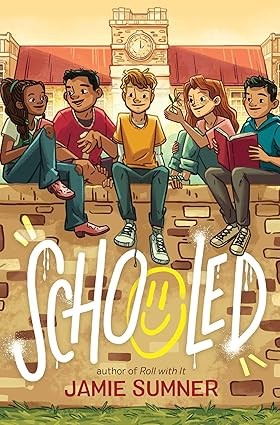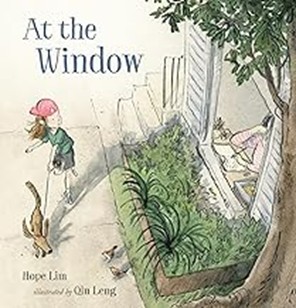
It’s a good thing this book is only one in the series because young readers, reluctant readers, curious readers, and proficient readers demand more. One of these books is just not enough. What kid doesn’t want to side with the underdog? Each book seems to have one. What kid doesn’t want to cheer on the winner? Each book has one of those too. Right at the beginning, in the introduction, Jerry Pallotta invites his readers to interact with the text and predict who would win. Then readers get to know the two characters through multiple text features—definition bubbles, scientific names, other animals in the family, rare and strange facts, questions to the reader, maps, adjectives (get a dictionary and look up those words!), usefulness of body parts for winning, legends & lore, and the climactic fight and flight. Readers will find much to intrigue them in the illustrations, the text, and the invitations to interact.
Have your students read this book and write their own recommendations. Then have them search for the other titles and create a plan for ensuring they become a part of the classroom library. This is problem-based learning at its best. I also suggest having young writers collaborate with students in upper grades to create their own text innovations of other intriguing animals and who would win.
About the Author
Jerry Pallotta was an insurance salesman and bored with the alphabet books he was reading to his young children. What do do? Create 20 nonfiction alphabet books, each filled with compelling facts about the ocean, frogs, flowers, vegetables, and more. After the alphabet books, Jerry took on writing books to teach Math concepts. Then came the Who Would Win series.
Students can experience the energy of a school visit in a video on Pallotta’s website: jerrypallotta.com. They can see him reading fan mail from all over the world on his YouTube channel. They can watch the trailer for Who Would Win: Green Ants vs. Army Ants. They can join him at a museum as he talks a bit about his research process. And they can take a visit to his Book Cave—the place where he creates his books. All the little tidbits of information will help students get to know the author and why he is so interested in learning facts and sharing them.
Pathways Themes: Living Things
Reviewed by Krystal Bishop, EdD
Professor of Education
Southern Adventist University

